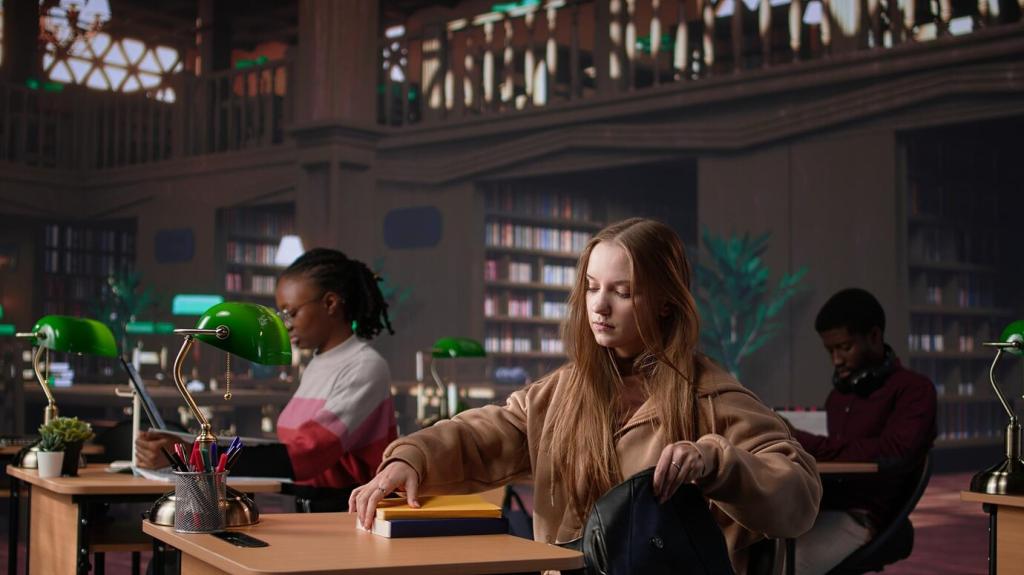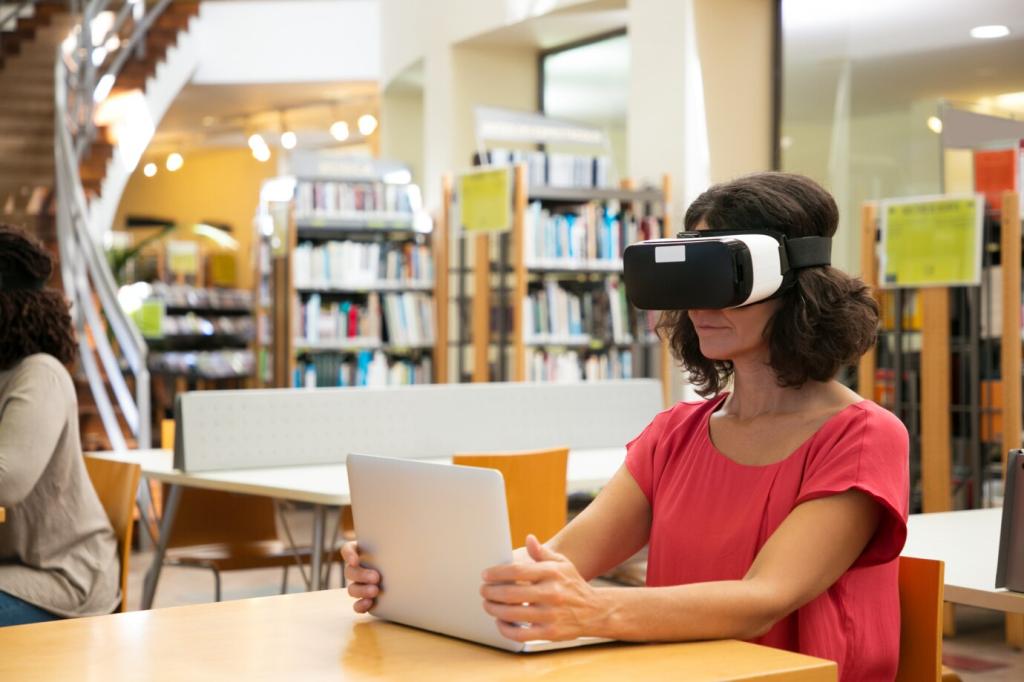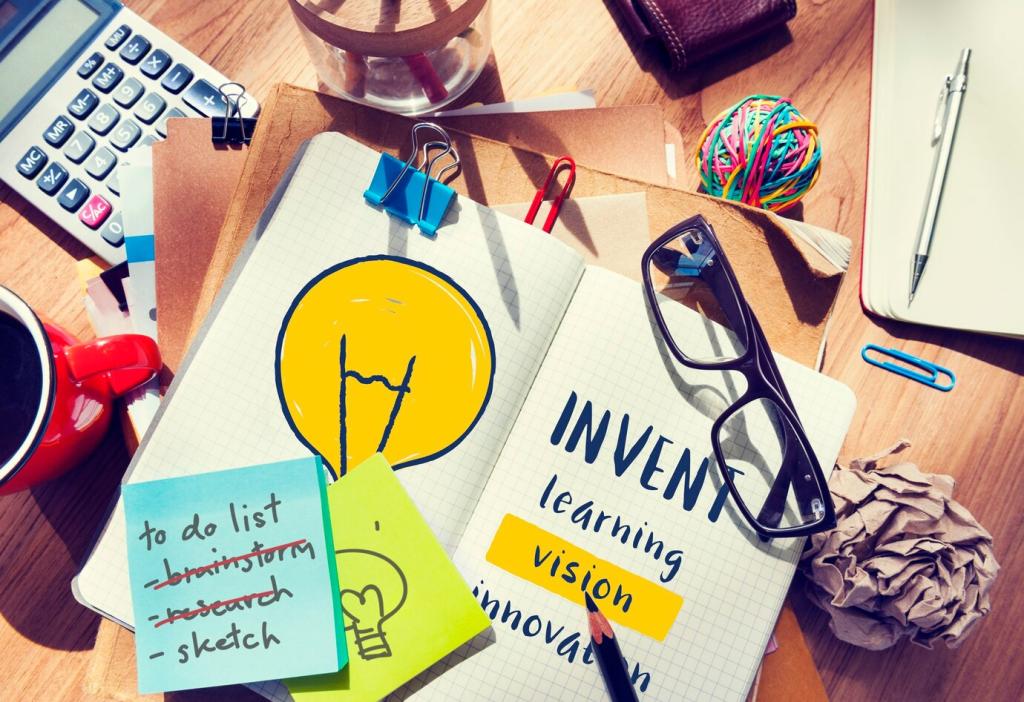This website uses cookies so that we can provide you with the best user experience possible. Cookie information is stored in your browser and performs functions such as recognising you when you return to our website and helping our team to understand which sections of the website you find most interesting and useful.
Virtual Reality and Personalized Education Experiences
Virtual Reality (VR) is revolutionizing the landscape of education by delivering immersive, interactive, and highly personalized learning experiences. No longer confined to traditional textbooks and lectures, students today can engage with concepts in three-dimensional, multisensory environments designed to adapt to their individual needs. Personalized education experiences powered by VR foster greater engagement, deeper understanding, and improved retention by tailoring learning paths and content to each learner. As educational technology continues to advance, VR offers unprecedented opportunities for educators and students alike to break free from one-size-fits-all models, ensuring that every learner’s journey is both unique and optimized for success.

Immersive Learning Environments
Overcoming Traditional Barriers
Enhancing Engagement and Motivation

Personalizing Learning Pathways with VR
Collaborative and Social Learning in Virtual Spaces


